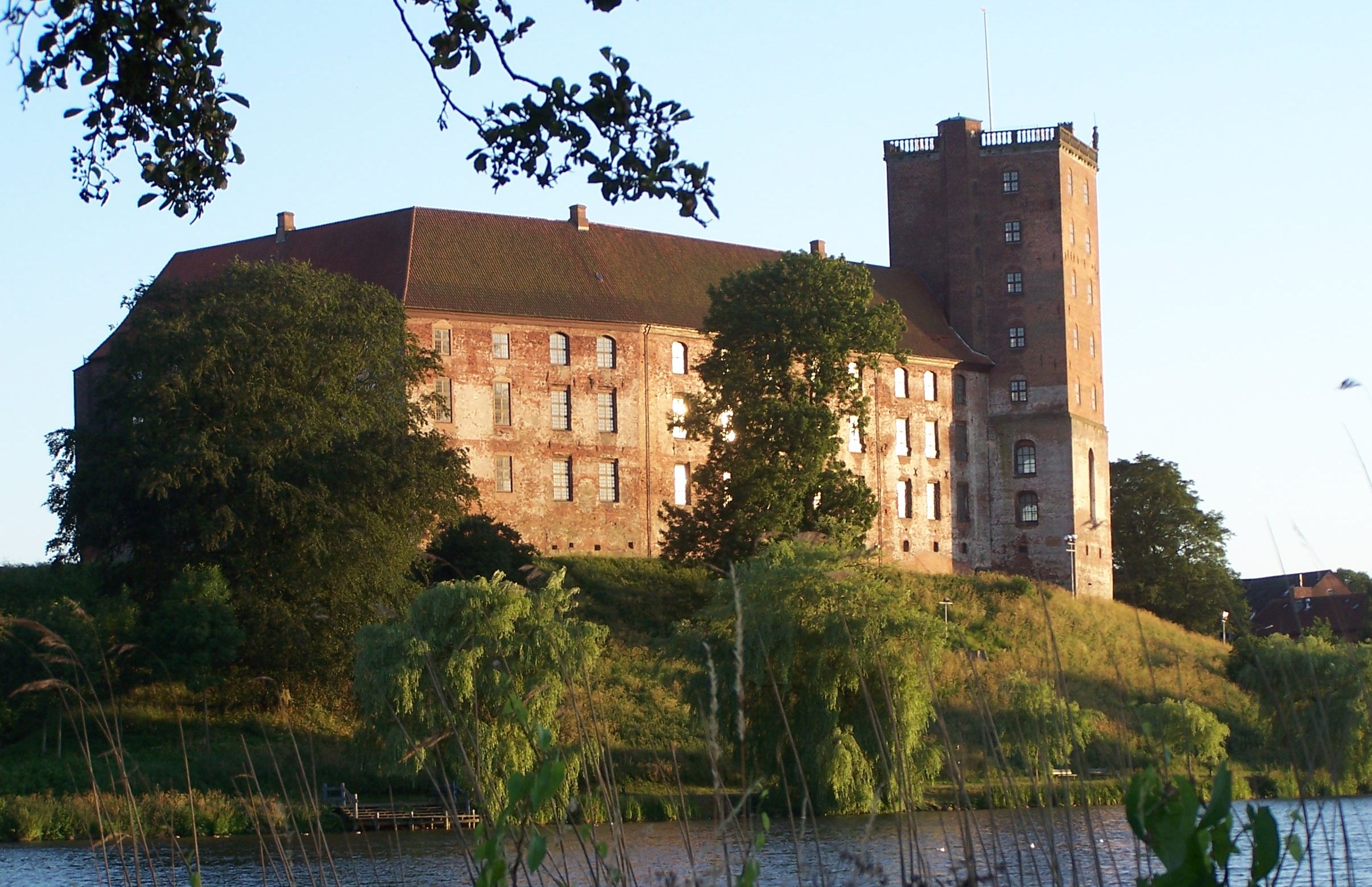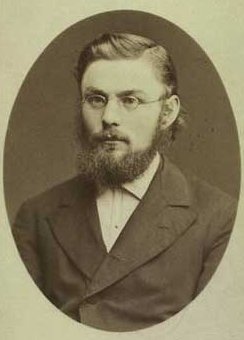|
Breide Rantzau
Breide Rantzau (13 October 1556 10 January 1618) was a German nobleman in Danish-Norwegian service. He served as ''stadtholder'' of Copenhagen from 1602. Early life He was born on 13 October 1556 at Segeberg, the son of Heinrich Rantzau, and the older brother of Gert Rantzau (1558-1627). Career He was a councillor of the Danish realm in the minority of Christian IV of Denmark. In September 1589 he was chosen to accompany Anne of Denmark when she sailed to Scotland to join her husband James VI, with the Admiral Peder Munk, Paul Knibbe, and Niels Krag. The voyage was interrupted by storms and they rested at Oslo where James VI joined them. After returning to Copenhagen and Kronborg, Breide Rantzau came to Scotland in May 1590, as one of the ambassadors with Peder Munk and Steen Brahe accompanying James VI and Anna of Denmark. He had some family connection with Sophia Kaas (or Koss), who was staying with his wife when she was called to be a lady in waiting to Anna of Denmark. ... [...More Info...] [...Related Items...] OR: [Wikipedia] [Google] [Baidu] |
Anne Kaas
Anna Kaas was a Danish lady in waiting or chamberer serving Anne of Denmark, queen consort of James VI and I. Identity Anna Kaas was a member of the Danish Kaas family and a relation of the politician Niels Kaas. She came to Scotland in May 1590 in the household of Anne of Denmark. She may have been the queen's personal maid and a lifetime servant of the queen. In 1603, when Anne of Denmark came to England at the Union of the Crowns, it was said that she had only brought two aristocratic Scottish women with her. Dudley Carleton wrote that the queen said she not been allowed more than two Danish attendants when she came to Scotland in 1590, to refuse various aristocrats who wished to join her. The remark seems to refer to Anna with a "Sophie Kaas" and Cathrina Schinkel, her principal attendants in 1590. Career in Scotland At first, in Scotland, Anna Kass was accompanied by Sophie Kaas, perhaps her sister, who was a connection of Breide Rantzau. Sophie was listed in a roll of the ... [...More Info...] [...Related Items...] OR: [Wikipedia] [Google] [Baidu] |
17th-century Danish Landowners
The 17th century lasted from January 1, 1601 (represented by the Roman numerals MDCI), to December 31, 1700 (MDCC). It falls into the early modern period of Europe and in that continent (whose impact on the world was increasing) was characterized by the Baroque cultural movement, the latter part of the Spanish Golden Age, the Dutch Golden Age, the French ''Grand Siècle'' dominated by Louis XIV, the Scientific Revolution, the world's first public company and megacorporation known as the Dutch East India Company, and according to some historians, the General Crisis. From the mid-17th century, European politics were increasingly dominated by the Kingdom of France of Louis XIV, where royal power was solidified domestically in the civil war of the Fronde. The semi-feudal territorial French nobility was weakened and subjugated to the power of an absolute monarchy through the reinvention of the Palace of Versailles from a hunting lodge to a gilded prison, in which a greatly expanded ro ... [...More Info...] [...Related Items...] OR: [Wikipedia] [Google] [Baidu] |
16th-century German Nobility
The 16th century began with the Julian calendar, Julian year 1501 (represented by the Roman numerals MDI) and ended with either the Julian or the Gregorian calendar, Gregorian year 1600 (MDC), depending on the reckoning used (the Gregorian calendar introduced a lapse of 10 days in October 1582). The Renaissance in Italy and Europe saw the emergence of important artists, authors and scientists, and led to the foundation of important subjects which include accounting and political science. Copernicus proposed the Copernican heliocentrism, heliocentric universe, which was met with strong resistance, and Tycho Brahe refuted the theory of celestial spheres through observational measurement of the SN 1572, 1572 appearance of a Milky Way supernova. These events directly challenged the long-held notion of an immutable universe supported by Ptolemy and Aristotle, and led to major revolutions in astronomy and science. Galileo Galilei became a champion of the new sciences, invented the first ... [...More Info...] [...Related Items...] OR: [Wikipedia] [Google] [Baidu] |
Frederick II Of Denmark
Frederick II (1 July 1534 – 4 April 1588) was King of Denmark-Norway, Denmark and Norway and Duke of Duchy of Schleswig, Schleswig and Duchy of Holstein, Holstein from 1559 until his death in 1588. A member of the House of Oldenburg, Frederick began his personal rule of Denmark-Norway at the age of 24. He inherited capable and strong realms, formed in large by Christian III of Denmark, his father after the civil war known as the Count's Feud, after which Denmark-Norway saw a period of economic recovery and of a great increase in the Centralisation, centralised authority of the Crown. Frederick was, especially in his youth and unlike his father, belligerent and adversarial, aroused by honor and national pride, and so he began his reign auspiciously with a campaign under the aged Johan Rantzau, which reconquered Dithmarschen. However, after miscalculating the cost of the Northern Seven Years' War, he pursued a more prudent foreign policy. The remainder of Frederick II's rei ... [...More Info...] [...Related Items...] OR: [Wikipedia] [Google] [Baidu] |
Koldinghus
Koldinghus is a Danish royal castle in the town of Kolding on the south central part of the Jutland peninsula. The castle was founded in the 13th century and was expanded since with many functions ranging from fortress, royal residency, ruin, museum, and the location of numerous wartime negotiations. Today the restored castle functions as a museum containing collections of furniture from the 16th century to present, Roman and Gothic church culture, older Danish paintings, crafts focused on ceramics and silver and shifting thematized exhibitions. Koldinghus is managed by the Museum at Koldinghus which was established in 1890. History The oldest remaining part of castle is the north side facing the castle lake originally built by King Christoffer III (1441–1448). In 1341, and from 1368 to 1369 the castle would be besieged by Holstein and Jutish rebels. The western side was later built by King Christian I (1448–1481). King Christian III (1503–1559) built the south side ... [...More Info...] [...Related Items...] OR: [Wikipedia] [Google] [Baidu] |
Nyborg Municipality
Nyborg Municipality () is a ''Municipalities of Denmark, kommune'' in the Region of Southern Denmark on the east coast of the island of Funen in central Denmark. The municipality covers an area of 278 km2, and has a total population of 32,329 (2025). It borders Kerteminde Municipality to the north-west, Faaborg-Midtfyn Municipality to the south-west, Svendborg Municipality to the south and is connected to Slagelse Municipality by the Great Belt Bridge. Its mayor is Kenneth Muhs, a member of the Venstre (Denmark), Venstre (Liberal Party) Politics of Denmark, political party. The main town and the site of its municipal council is the city of Nyborg. The municipality was formed in 2007 as a result of the Municipalities of Denmark#Municipal Reform 2007, 2007 Municipal Reform, where the former Nyborg Municipality (1970-2006), Nyborg Municipality merged with Ørbæk Municipality, Ørbæk and Ullerslev Municipality. The island of Sprogø lies in the Great Belt c. 8.5 kilometers from ... [...More Info...] [...Related Items...] OR: [Wikipedia] [Google] [Baidu] |
Funen
Funen (, ), is the third-largest List of islands of Denmark, island of Denmark, after Zealand and North Jutlandic Island, Vendsyssel-Thy, with an area of . It is the List of islands by area, 165th-largest island in the world. It is located in the central part of the country and has a population of 469,947 as of 2020. Funen's main city is Odense, which is connected to the sea by a seldom-used canal. The city's shipyard, Odense Steel Shipyard, has been relocated outside Odense proper. Funen belongs administratively to the Region of Southern Denmark. From 1970 to 2006 the island formed the biggest part of Funen County, which also included the islands of Langeland, Ærø, Tåsinge, and a number of smaller islands. Funen is linked to Zealand, Denmark's largest island, by the Great Belt Bridge, which carries both trains and cars. The bridge is in reality three bridges; low road and rail bridges connect Funen to the small island of Sprogø in the middle of the Great Belt, and a long ro ... [...More Info...] [...Related Items...] OR: [Wikipedia] [Google] [Baidu] |
Battle Of Vittsjö
The Battle of Vittsjö was a battle between Swedish force under the supervision of Gustavus Adolphus and Denmark-Norway, Dano-Norwegian force under Breide Rantzau that took place in 1612; it was more a case of the Swedes fleeing the Danes than a full-scale battle.http://www.zenker.se/Historia/Gustaf_II_Adolf/3_kriget_med_danmark.shtml "Träffningen vid Vittsjö" Gustavus Adolphus, who in December 1611 at the age of 17, had ascended the throne of Sweden, was in the winter of 1612 on the rampage in Skåne in retaliation for the Danish ravaging of Småland and Västergötland during the Kalmar War. He and his army, which consisted of about 3,000 men, led by , Herman Wrangel Herman Wrangel (born 1584/1587 – 10 December 1643) was a Swedish military officer and statesman of Baltic German extraction. Biography Herman von Wrangel was born in Livonia. He came to Sweden around 1608. In 1612, he participated in the ..., and others, had burned the city of Vä and 24 parishe ... [...More Info...] [...Related Items...] OR: [Wikipedia] [Google] [Baidu] |
Gustavus Adolphus
Gustavus Adolphus (9 December N.S 19 December">Old_Style_and_New_Style_dates.html" ;"title="/nowiki>Old Style and New Style dates">N.S 19 December15946 November Old Style and New Style dates">N.S 16 November] 1632), also known in English as Gustav II Adolf or Gustav II Adolph, was King of Sweden from 1611 to 1632, and is credited with the rise of Swedish Empire, Sweden as a great European power (). During his reign, Sweden became one of the primary military forces in Europe during the Thirty Years' War, helping to determine the political and religious balance of power in Europe. He was formally and posthumously given the name Gustavus Adolphus the Great (; ) by the Riksdag of the Estates in 1634. He is often regarded as one of the greatest military commanders in modern history, with use of an early form of combined arms. His most notable military victory was the Battle of Breitenfeld in 1631. With his resources, logistics, and support, Gustavus Adolphus was positioned to b ... [...More Info...] [...Related Items...] OR: [Wikipedia] [Google] [Baidu] |
Kalmar War
The Kalmar War (1611–1613) was fought between Denmark–Norway and Sweden. Though Denmark-Norway soon gained the upper hand, it was unable to defeat Sweden entirely. The Kalmar War was the last time Denmark-Norway successfully defended its '' dominium maris baltici'' against Sweden, and it also marked the increasing influence of the two countries on Baltic politics. Background Since Denmark–Norway controlled the strait between the Baltic Sea and the North Sea, Sweden sought an alternative trade route through sparsely populated Lapland to avoid paying Denmark's Sound Dues. In 1607, Charles IX of Sweden declared himself "King of the Lapps in Nordland" and began "collecting" taxes in Norwegian territory, even south of Tromsø. Since the Sound Dues were Denmark's main source of income, Denmark-Norway did not want to see alternative trade routes established, particularly when established through Norwegian territory. Denmark-Norway protested. King Charles IX of Sweden ign ... [...More Info...] [...Related Items...] OR: [Wikipedia] [Google] [Baidu] |






